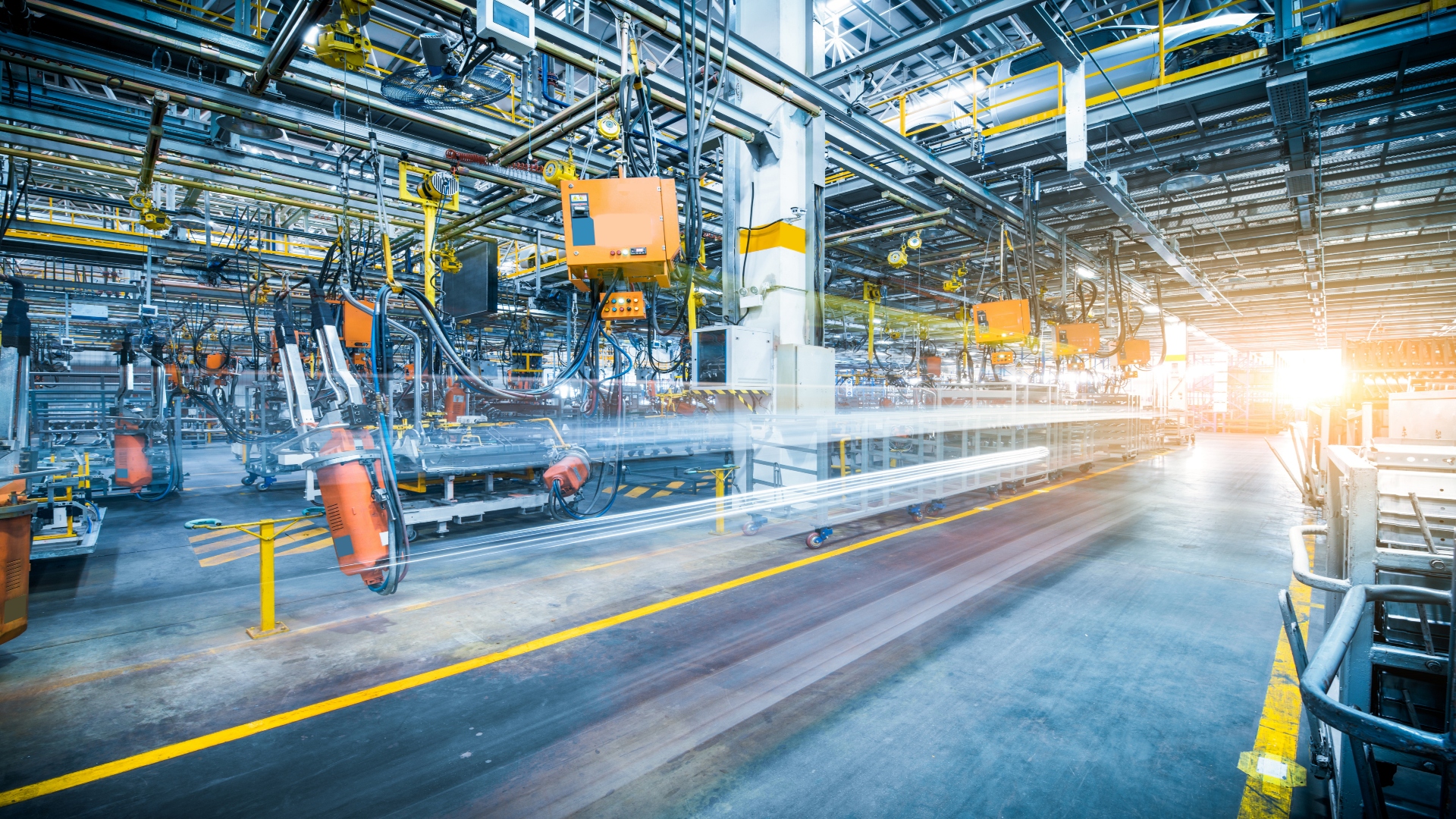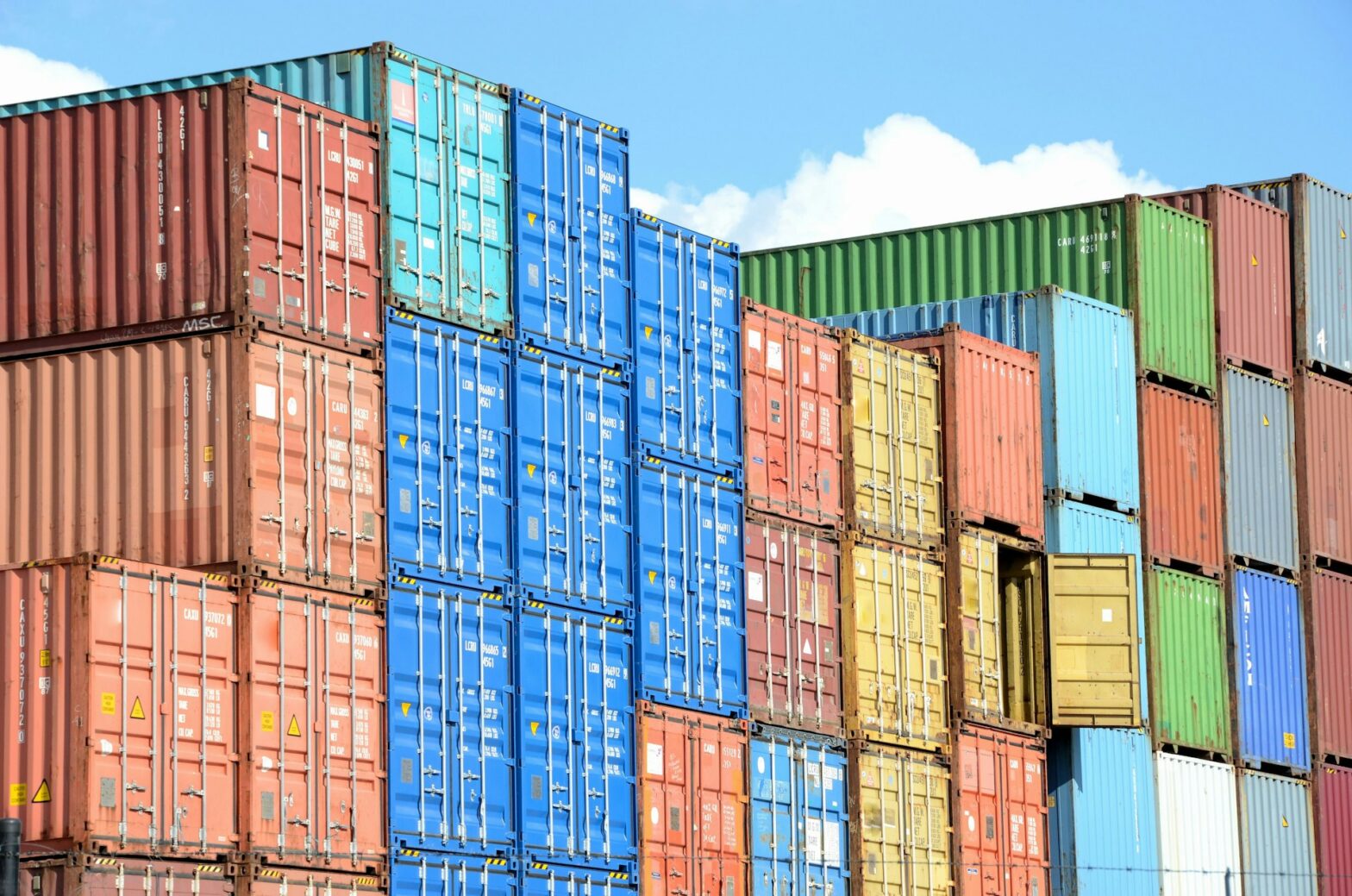Time is money, so an efficient supply chain management is the key to success, in the fast passed world of construction. Every step in the supply chain, from sourcing materials to delivering them to the construction site, plays a crucial role in ensuring a smooth operation. In this article, we will delve into the intricacies of supply chain management in construction and how adopting best practices can lead to enhanced efficiency and cost savings.
The building blocks of supply chain management
To truly excel in supply chain management for construction, you need to grasp its core principles. Think of it as the foundation, the very essence of how everything works together seamlessly. This foundation comprises four critical elements: procurement, transportation, inventory management, and distribution. Each of these plays a pivotal role in ensuring that the construction process flows smoothly, without hiccups or unnecessary delays. So, in essence, when you understand and master these building blocks, you’re well on your way to optimizing supply chain management in the construction industry.
Tip: See more supply chain optimization from Verbruggen
Efficient procurement strategies
To kickstart efficient supply chain management, let’s talk about where it all begins: procurement. Picture it as the smart strategy that sets the stage for triumph. When you dive into strategic sourcing, you’re essentially on a mission to spot those dependable suppliers, strike favourable deals, and secure a continuous stream of materials. It’s like building a sturdy bridge that spans over potential material shortages and price ups and downs. So, when you ace your procurement game, you’re not just sourcing materials; you’re paving the way for supply chain success.
Transportation strategies
In the complex world of supply chain management, transportation logistics is like solving a puzzle with many pieces. Here’s a breakdown of its significance and strategies:
– Choosing the right transport
Selecting the most suitable transportation methods is crucial. Whether it’s trucks, trains, ships, or even drones, the choice affects cost and speed.
– Optimizing routes
Think of this as charting the best course on a map. Efficient routes reduce fuel costs and delivery times. Technology aids in route optimization, considering factors like traffic and weather.
– Real-time monitoring
Imagine having a GPS tracker for every shipment. Real-time monitoring ensures you’re always in the loop. If there’s a delay or a detour, you’ll know instantly.
– Technology’s role
Technology, like GPS, RFID, and data analytics, plays a pivotal role. These tools provide insights, helping streamline transportation logistics.
By mastering these aspects, transportation logistics becomes the glue that holds your supply chain together, ensuring materials reach their destination efficiently and on time.
Inventory management
Effective construction inventory management, akin to balancing on a tightrope, requires precise planning. Assess material needs and categorize items by importance. Set reorder points to signal when to restock, preventing shortages.
Implement real-time tracking, aided by palletizers, which efficiently stack materials to prevent overstocking or shortages. Embrace just-in-time practices, ordering materials as needed.
Collaborate with suppliers for timely deliveries. Regular audits and data analysis ensure accuracy. Comprehensive documentation and team training enhance efficiency, ensuring a project that remains on schedule and within budget.
Have a safety net for surprises
Unforeseen events are a part of both life and the construction industry. Whether it’s an unexpected natural disaster or logistical issues, disruptions can occur. To mitigate the impact of these disruptions, we rely on a robust risk management and contingency plan.
Think of it as a safety net that we’ve meticulously designed. When disruptions happen, this plan springs into action, ensuring that we can navigate through challenges and uncertainties. It serves as our structured approach to handling adversity, allowing us to maintain operational continuity and project progress even in the face of unexpected setbacks.
How to implement a safety net for supply chain management?
– Identify supply chain risks
Begin by identifying potential disruptions in your supply chain, such as supplier issues or transportation delays.
– Assess impact and probability
Evaluate the impact and likelihood of each supply chain risk to prioritize them effectively.
– Mitigate risks
Develop strategies to mitigate supply chain risks, like diversifying suppliers or optimizing logistics routes.
– Create contingency plans
For high-priority supply chain risks, craft detailed contingency plans outlining actions and responsibilities.
– Allocate resources
Ensure you have the necessary resources, like backup suppliers or emergency logistics support, to execute the contingency plan.
– Establish communication
Implement a communication protocol to keep all supply chain stakeholders informed during disruptions.
– Regular testing
Conduct drills and simulations to test the effectiveness of your supply chain contingency plan.
– Continuous review
Regularly review and adapt the plan to address evolving supply chain risks.
– Documentation
Maintain comprehensive documentation for post-event analysis and supply chain improvement.
Building responsibly for a greener tomorrow
Sustainability is more than just a catchphrase; it’s a guiding principle at the heart of our supply chain management. Our steadfast commitment revolves around sourcing eco-friendly materials and minimizing waste. By doing so, we harmonize our operations with environmental objectives, potentially trimming costs while fostering a sustainable future.
In a world where ecological concerns are paramount, our approach to supply chain management underscores responsibility and adaptability. It’s not merely about what we build; it’s about how we build it. By embracing sustainable practices, we not only reduce our ecological footprint but also position ourselves at the forefront of an industry that acknowledges its duty to the planet. In essence, we’re constructing not just for today, but for a greener and more sustainable tomorrow.




























